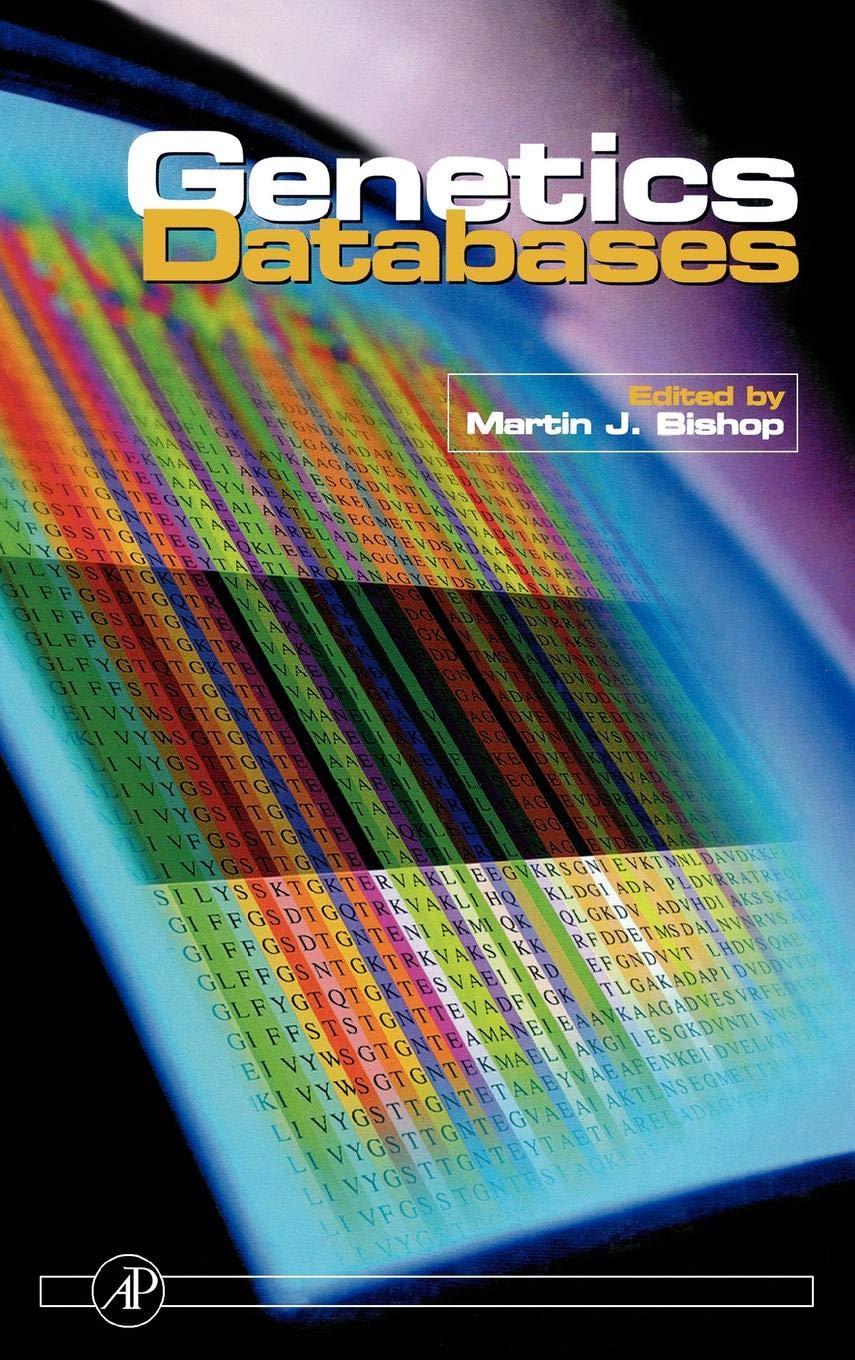Answered step by step
Verified Expert Solution
Question
1 Approved Answer
Complete the 3 questions for Business Case 1 . 2 The Internet of Things Comes to The NFL . Try to keep your answer to
Complete the questions for Business Case The Internet of Things Comes to The NFL Try to keep your answer to one paragraph for each question. pts Use a short list for question #: People love sports statistics and the more the better. Responding to this customer demand, the NFL increased the quality and quantity of statistics available to coaches and fans with radio frequency identification RFID chips. Player RFID Project When the National Football League played its first game in New England, each player was equipped with a set of RFID sensors Each sensor about the size of a quarter, is embedded in players shoulder pads and emits a unique radio frequency. Every stadium used by the NFL is equipped with receivers to pick up the RFID signals and pinpoint every player on the field. It also records speed, distance traveled. acceleration in real time, and the direction the player is facing. The NFL plans to use the data it collects to power an Xbox One and Windows NFL apps to allow fans to call up stats for each player tied into the highlight clips posted on the app. The data will also be fed to broadcasters, leveraged for instadium displays, and provided to coaching staff and players. Weve always had these traditional NFL stats, says Matt Swensson, senior director of Emerging Products and Technology at the NFLThe league has been very interested in trying to broaden that and bring new statistics to the fans. Along the way, theres been more realization about how the data can be leveraged to make workflow more efficient around the game. Zebra Technologies Software Vendor The NFLs technology partner in its IoT push was Zebra Technologies of Lincolnshire, Illinois. Zebra was well known for its manufacturing and selling marking, tracking and printing technologies such as thermal barcode label and receipt printers, RFID smart label printerencoders and card and kiosk printers. As it moved into IoT and MM applications, Zebra launched its MotionWorks Sports Solution, which powers the NFL IoT initiative. Zebra was able to develop RFID tags that blink up to times per second to track motion of athletes in subseconds. Then it had to find a customer for the productso it turned to the biggest fish in the pondthe NFL Zebra trialed the tags by equipping more than players, NFL stadiums and officials, markers, and pylons. Over the course of the season, more than billion sets of XY player coordinates were measured, transmitted, and stored during the games. Every stadium was connected to a command station in San Jose, California, that controls when the data are collected, where they are sent, and stores them in the cloud. The Need for the Right People An important lesson that Zebra learned is that generic data scientists werent sufficient to gain insight into the data. Zebra needed football experts. When you look at analytics in football, you really need people. We had to go out and hire football people. The analytics from manufacturing werent the same as the analytics from football. We could see correlations in the data that seemed important and then found out they werent We had to bring in people that had the football expertise who could say Look this is why it matters said Jill Stelfox, Zebra Technologies Vice President and General Manager, Location Solutions. The latest development in this IoT initiative is its integration with NFLs fantasy football offerings. Questions Why did NFL equip its players with RFID tags? What factors contributed to the success of the IoT initiative at the NFL What other types of IoT applications can you think of that could be used in sports stadiums? List and give examples of the three components of a business process pts Answer the following questions a & b pts What is a standard operating procedure SOP What is the purpose of business process management BPM Case Business Case: Data Chaos Creates Risk pts Data chaos often runs rampant in many service organizations, such as health care and the government. For example, in many hospitals, each line of business, division, and department has implemented its own IT applications, often without a thorough analysis of its relationship with other departmental or divisional systems. This arrangement leads to the hospital having IT groups that specifically manage a particular type of application suite or data silo for a particular department or division. Data Management When applications are not well managed, they can generate terabytes of irrelevant data, causing hospitals to drown in such data. This data chaos could lead to medical errors. In the effort to manage excessive and massive amounts of data, there is increased risk of relevant information being lost missing or inaccuratethat is faulty
Step by Step Solution
There are 3 Steps involved in it
Step: 1

Get Instant Access to Expert-Tailored Solutions
See step-by-step solutions with expert insights and AI powered tools for academic success
Step: 2

Step: 3

Ace Your Homework with AI
Get the answers you need in no time with our AI-driven, step-by-step assistance
Get Started


